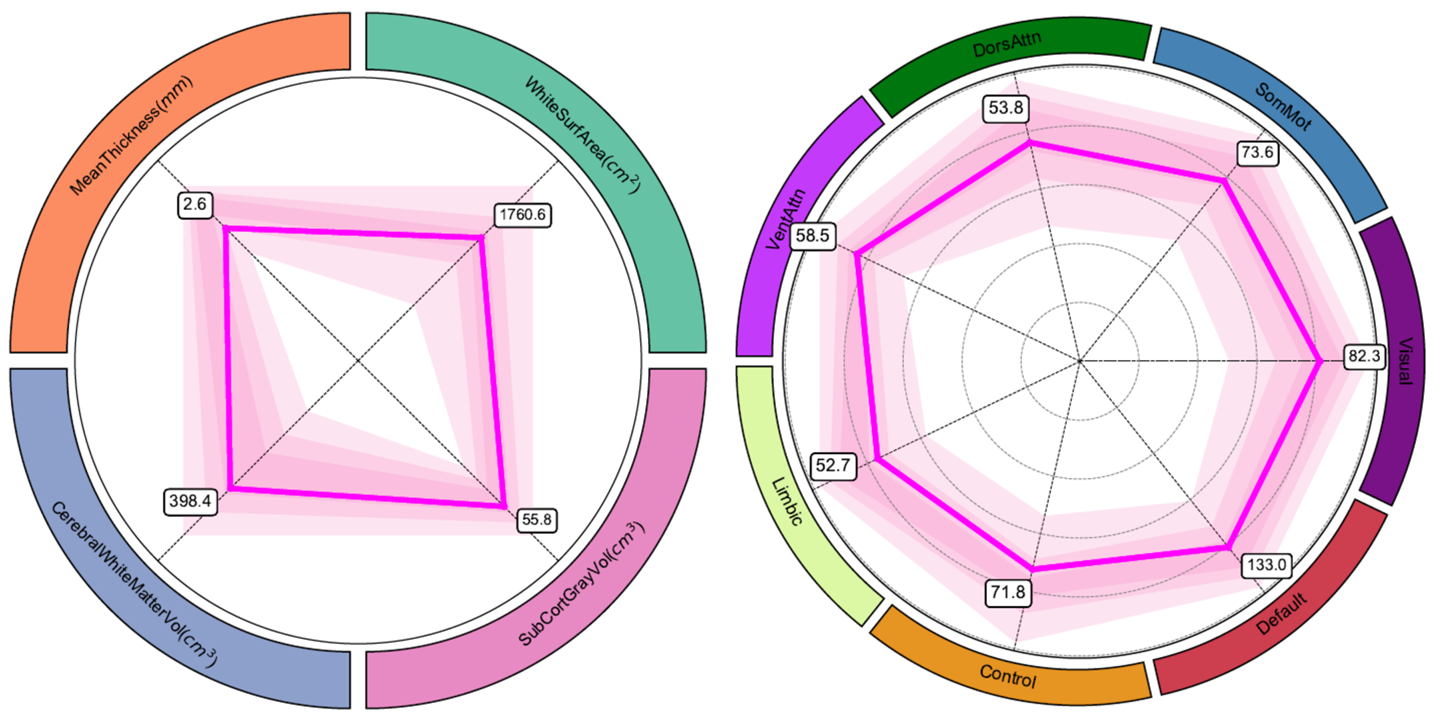Charting brain growth in tandem with brain templates at school age
Published in Science Bulletin, 2020
Recommended citation: Hao-Ming, Dong; F. Xavier, Castellanos; Ning, Yang; Zhe, Zhang; Quan, Zhou; Ye, He; Lei, Zhang; Ting, Xu; Avram J., Holmes; B.T.Thomas, Yeo; Feiyan, Chen; Bin, Wang; Christian, Beckmann; Tonya, White; Olaf, Sporns; Jiang, Qiu; Tingyong; Feng; Antao, Chen; Xun, Liu; Xu, Chen; Xuchu, Weng; Michael P., Milham; Xi-Nian, Zuo. (2020). "Charting brain growth in tandem with brain templates at school age." Science Bulletin, 65(22):1824-1834. https://www.sciencedirect.com/science/article/pii/S2095927320304965
Brain growth charts and age-normed brain templates are essential resources for researchers to eventually contribute to the care of individuals with atypical developmental trajectories. The present work generates age-normed brain templates for children and adolescents at one-year intervals and the corresponding growth charts to investigate the influences of age and ethnicity using a common pediatric neuroimaging protocol. Two accelerated longitudinal cohorts with the identical experimental design were implemented in the United States and China. Anatomical magnetic resonance imaging (MRI) of typically developing school-age children (TDC) was obtained up to three times at nominal intervals of 1.25 years. The protocol generated and compared population- and age-specific brain templates and growth charts, respectively. A total of 674 Chinese pediatric MRI scans were obtained from 457 Chinese TDC and 190 American pediatric MRI scans were obtained from 133 American TDC. Population- and age-specific brain templates were used to quantify warp cost, the differences between individual brains and brain templates. Volumetric growth charts for labeled brain network areas were generated. Shape analyses of cost functions supported the necessity of age-specific and ethnicity-matched brain templates, which was confirmed by growth chart analyses. These analyses revealed volumetric growth differences between the two ethnicities primarily in lateral frontal and parietal areas, regions which are most variable across individuals in regard to their structure and function. Age- and ethnicity-specific brain templates facilitate establishing unbiased pediatric brain growth charts, indicating the necessity of the brain charts and brain templates generated in tandem. These templates and growth charts as well as related codes have been made freely available to the public for open neuroscience at GitHub.

Recommended citation: Hao-Ming, Dong; F. Xavier, Castellanos; Ning, Yang; Zhe, Zhang; Quan, Zhou; Ye, He; Lei, Zhang; Ting, Xu; Avram J., Holmes; B.T.Thomas, Yeo; Feiyan, Chen; Bin, Wang; Christian, Beckmann; Tonya, White; Olaf, Sporns; Jiang, Qiu; Tingyong; Feng; Antao, Chen; Xun, Liu; Xu, Chen; Xuchu, Weng; Michael P., Milham; Xi-Nian, Zuo. (2020). Charting brain growth in tandem with brain templates at school age. Science Bulletin, 65(22):1824-1834.
